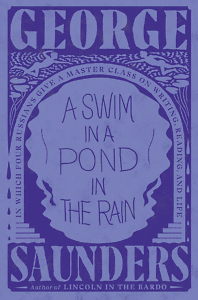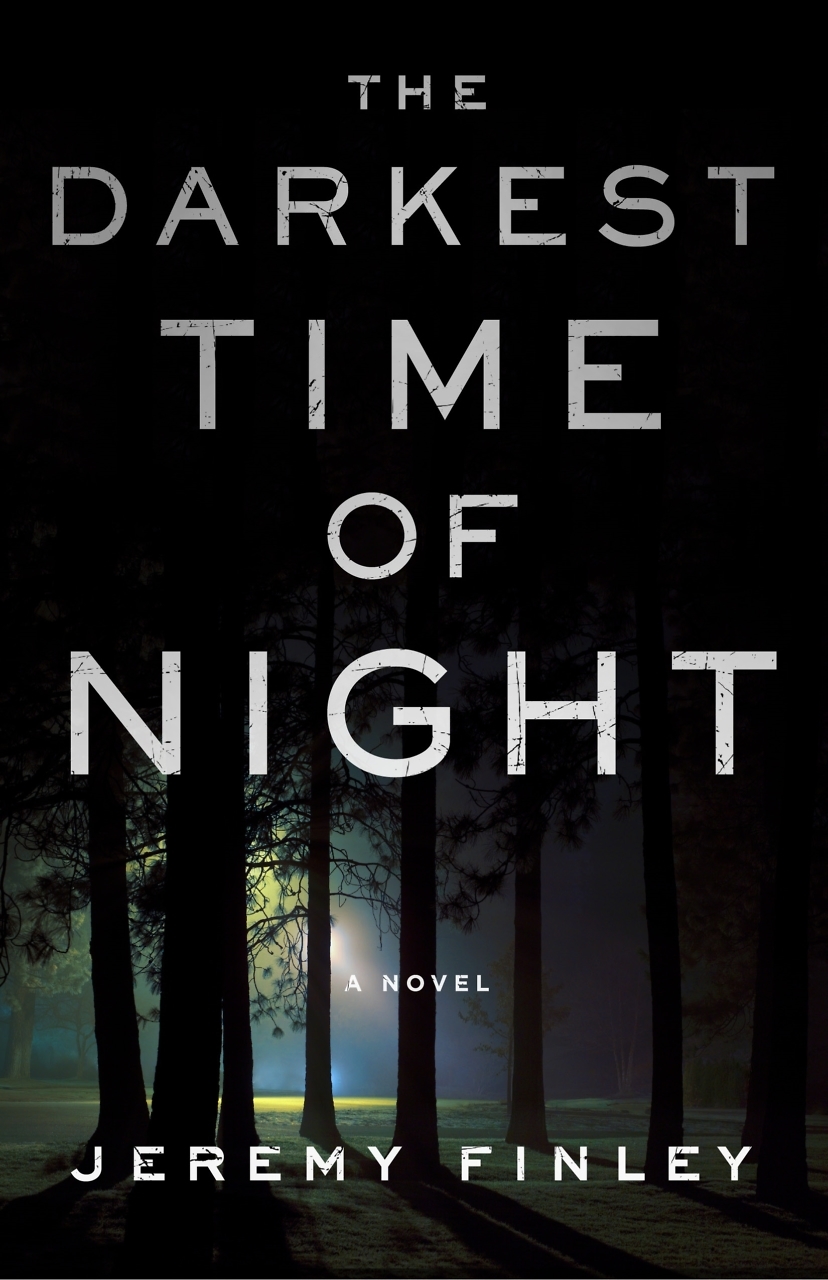An Uptick in Fondness for the World
George Saunders shares his passion for 19th-century Russian masters of the short story
In the introduction to A Swim in a Pond in the Rain, George Saunders explains that this book emerged from a course on the 19th-century Russian short story he teaches in Syracuse University’s graduate writing program. The aim of the class is to help students understand “the physics of the form,” the mechanics of constructing narrative, “escalating” the stakes, and sticking the endings.

To learn how to write like a master, Saunders argues, one must first become an astute reader who grasps how literature inspires, instructs, entertains, and confuses — sometimes all at once. His meticulous analyses dissect fictional tradecraft like a manual for magicians, but one that increases the student’s appreciation of illusion. These Russian wizards appear miraculous even after Saunders pulls back the curtain on the trapdoors and false-bottomed boxes.
What makes this volume intriguing are the ways it transcends its stated purpose as a “workbook” for writers. Saunders suggests the higher order pleasure of these exercises when he shares his recent realization “that some of the best moments of my life, the moments during which I’ve really felt myself offering something of value to the world, have been spent teaching that Russian class.” His passion comes through in each essay, his enthusiasm for these literary heroes pushing Saunders’ prose into ecstatic encomia. Assessing Gogol’s “The Nose” — particularly a scene “in the newspaper office when somehow, magically, a group of people waiting to place ads get transformed into that which they are advertising” — Saunders asserts, “That’s what makes Gogol great.”
Gogol’s “strange, happy confidence” rubs off on Saunders: “The inexplicable uptick in fondness for the world I feel, moving through that section, which is not essential to the action of the story but seems to have been done just for the fun of it, is, for me, what Gogol is all about.”
 A Swim in a Pond in the Rain has seven long chapters, each starting with a story, followed by Saunders’ commentary on what makes it work. The first, on Chekhov’s “In the Cart,” examines one page at a time, pausing to “take stock of where we find ourselves” and to ask, “What has that page done to us?” This approach, based on an exercise Saunders uses in class, effectively demonstrates how Chekhov raises readers’ expectations and then complicates them with each narrative “beat.” This method is also tedious, as Saunders acknowledges. For the following six chapters, we read the full stories before he supervenes, a process that provides opportunities for rereading, essential for comprehending the authors’ art.
A Swim in a Pond in the Rain has seven long chapters, each starting with a story, followed by Saunders’ commentary on what makes it work. The first, on Chekhov’s “In the Cart,” examines one page at a time, pausing to “take stock of where we find ourselves” and to ask, “What has that page done to us?” This approach, based on an exercise Saunders uses in class, effectively demonstrates how Chekhov raises readers’ expectations and then complicates them with each narrative “beat.” This method is also tedious, as Saunders acknowledges. For the following six chapters, we read the full stories before he supervenes, a process that provides opportunities for rereading, essential for comprehending the authors’ art.
The book includes one story each from Gogol and Turgenev, two from Tolstoy (including the 50-page “Master and Man”), and three from Chekhov, a distribution that suggests the balance of Saunders’ esteem. Chekhov’s stories are ideal for this collection: They embody the writing rules that Saunders sets forth but in ways that feel surprising and organic, never paint-by-numbers. Chekhov teaches us to distinguish “the pace of the story versus the pace of real life: the story is way faster, compressed, and exaggerated.” To illustrate the Ruthless Efficiency Principle — “that nothing exists in a story by chance or merely to serve some documentary function” — Saunders observes that every moment of Chekhov’s “In the Cart,” every word choice, contributes to its emotional impact.
Fans of Saunders — who have become legion with the popularity of his story collections and his best-selling novel Lincoln in the Bardo — will read this volume for clues to his writing process. Though he keeps his beloved Russians center stage, Saunders shares personal lessons he has gleaned through trial and error. Early in his career, he tried to become a “Hemingwayesque” realist — “everything I wrote was minimal and strict and efficient and lifeless and humor-free” — a mold that didn’t suit his personality.
After scribbling “dark little Seussian poems” and discovering that his wife genuinely enjoyed them, he started a story in this “mode” of absurd humor, “allowing myself to be entertaining.” The resulting story “was the best thing I’d ever written” and the most distinctive, possessing “some essential ‘me-ness’ in it — for better or worse, no one else could have written it.”
Finding his voice did not, however, reduce the amount of work required to produce good stories. To Saunders, writing fiction puts us “in conversation with our reader, but with this great advantage: we get to improve the conversation over and over.” Young writers may be daunted by Saunders’ onerous practice of revision, which he describes as “a repetitive, obsessive, iterative application of preference … through (sometimes) hundreds of drafts, over months or even years.” His ambition is to produce stories that, like Tolstoy’s, cause readers to forget that they’re fiction.
“That’s the kind of story I want to write, the kind that stops being writing and starts being life,” Saunders says. “But, Lord, it’s harder than it looks.”

Sean Kinch grew up in Austin and attended Stanford. He earned a Ph.D. from the University of Texas. He now teaches English at Montgomery Bell Academy in Nashville.


